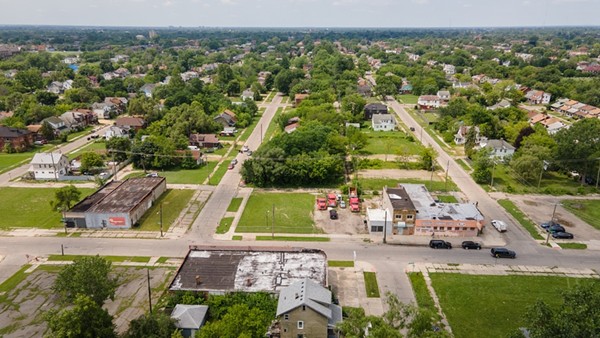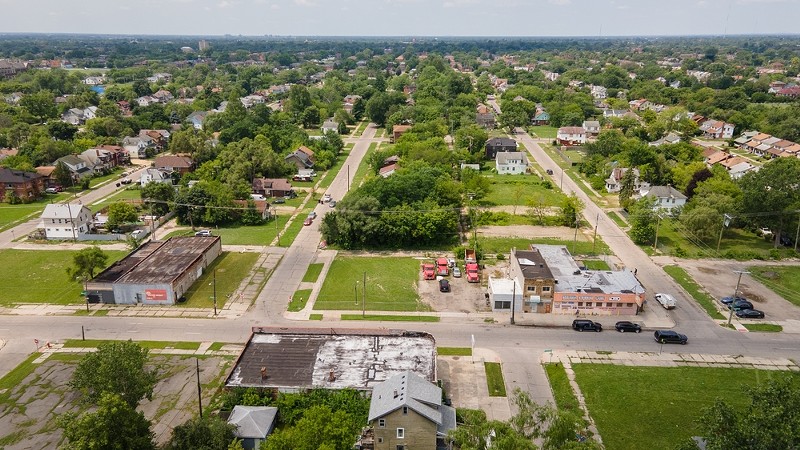Detroit’s neighborhoods are as complex and rich as the city’s history.
But not everyone agrees on neighborhood names, and the process for identifying those areas is often made without community input.
That could soon change under an ambitious project by DETROITography, a popular platform that creates and shares maps and geographic data to offer insights into the city.
The idea is to gather input from Detroiters to determine the names and boundaries of neighborhoods.
“The whole thing started because for 10 or more years I have tried to get the city to create a process for names or boundaries of neighborhoods, and they push back and don’t create a process,” DETROITography founder Alex B. Hill tells Metro Times. “We want to collect as much feedback as possible. There has got to be a process that everyone knows they have access to. We want to take the information to the city.”
Areas without clearly defined boundaries or names are often given a name by the city or a company called Precisely, formerly known as Maponics, which sells its geographic boundary data to real estate and insurance companies without any community input.
The origin of neighborhood names is often not known and causes confusion, Hill says. One neighborhood north of Hamtramck, for example, is named Buffalo Charles, and residents don’t seem to know that.
“No one knew it as Buffalo, but the weird thing was, about two years later it was Buffalo Charles,” Hill says. “I thought maybe there was community feedback. I asked everyone about this, and no one knew how or why the name got updated.”
On the city’s interactive neighborhood map, the neighborhood is referred to as Buffalo Charles.
Neighborhood names are more than just labels. They contribute to a sense of identity and belonging among residents, and the names often reflect the history, culture, and unique characteristics of a community. They also help foster a sense of pride and unity.
Neighborhood boundaries are also very important. They’re used for political representation (from city council to Congress), grants, policing and transportation plans, urban development, community resources, and business development.
A haphazard process of creating names and boundaries without community input can have a big impact, Hill says.
As new people move into Detroit, neighborhoods are also getting rebranded, which can lead to the erasure of their historical and cultural identity. For example, Midtown Detroit Inc., a nonprofit that gets grants for economic development, has tried to rebrand the Cass Corridor neighborhood as Midtown. And it has been largely successful. The city now refers to the Cass Corridor as Midtown, and so does much of the media.
In the 1960s and ’70s, the Cass Corridor was an eclectic neighborhood and counterculture hub for artists, musicians, hipsters, hippies, drifters, and misfits. To outsiders, it also became synonymous with drugs, crime, and sex workers.
“As new people come to this city, more places are getting redefined, especially when the new people are in the government or local media,” Hill says. “The city is changing, and in some cases, there is erasure happening.”
Hill has no idea yet how receptive the city will be to his project. But he hopes the community input will help better define the city’s neighborhoods, and in return, Detroiters’ sense of place.
To provide input about your neighborhood, see detroit-neighborhoods.com.


